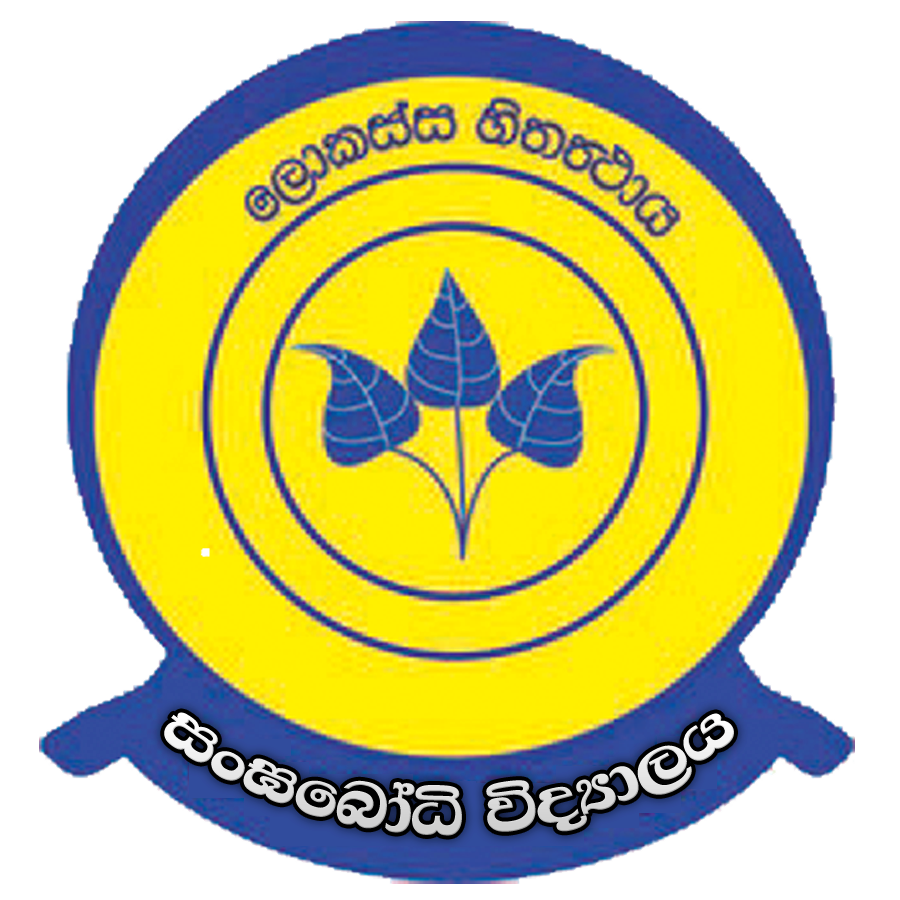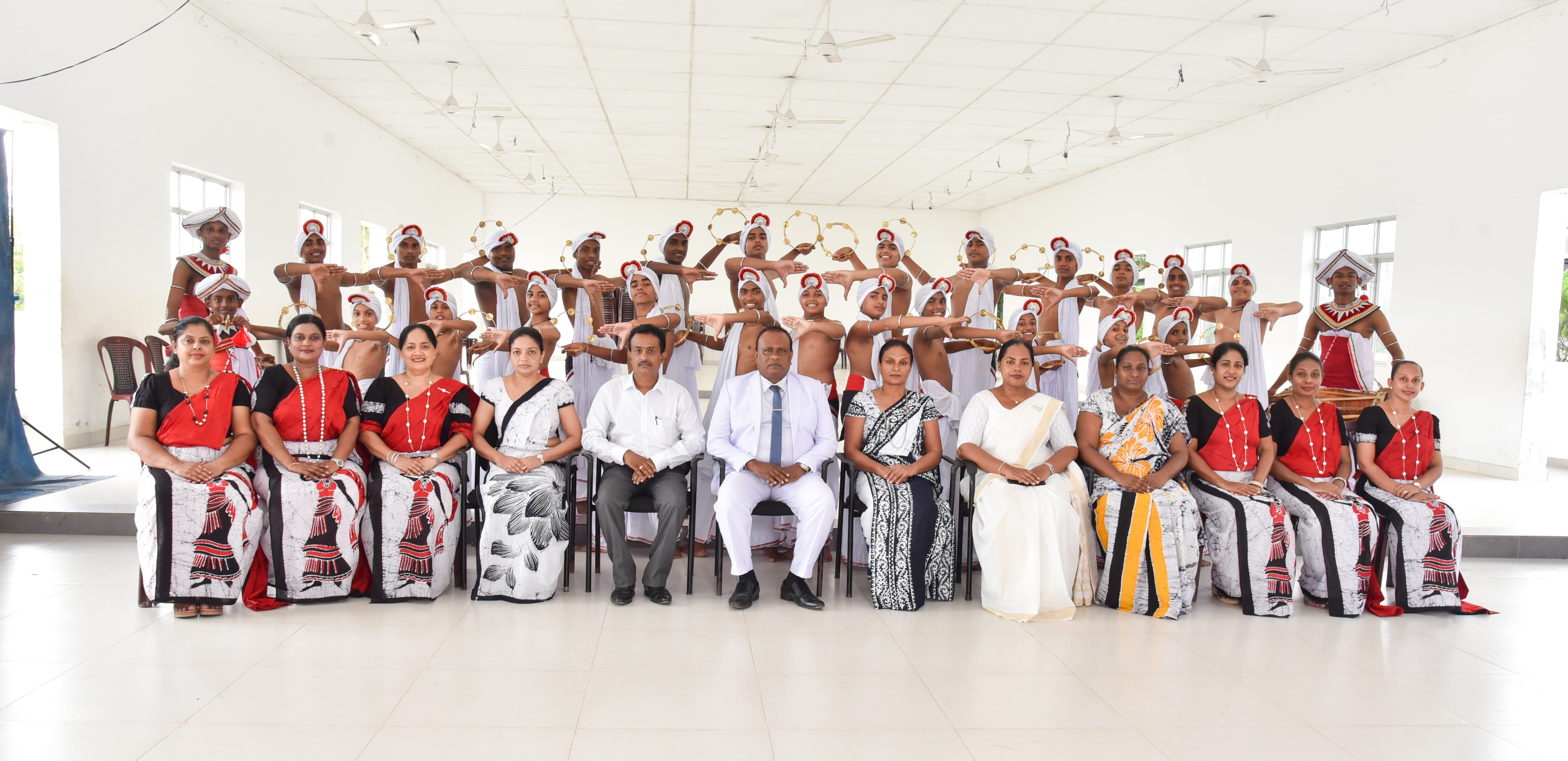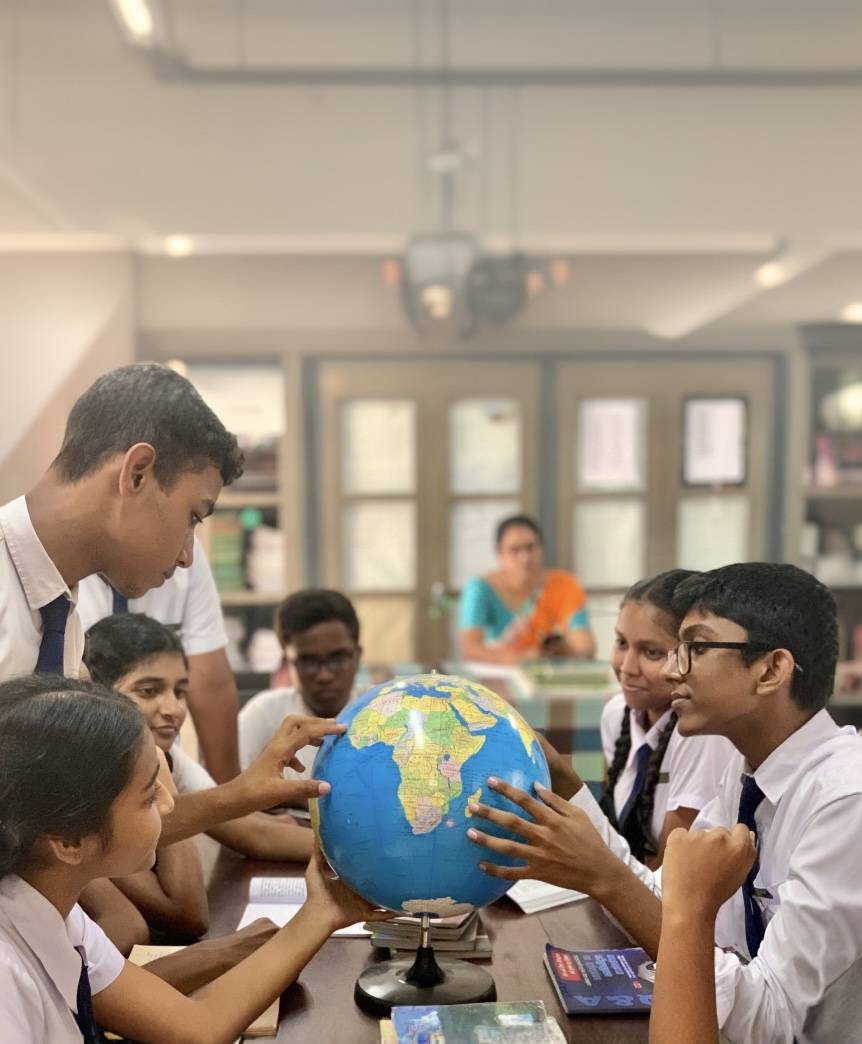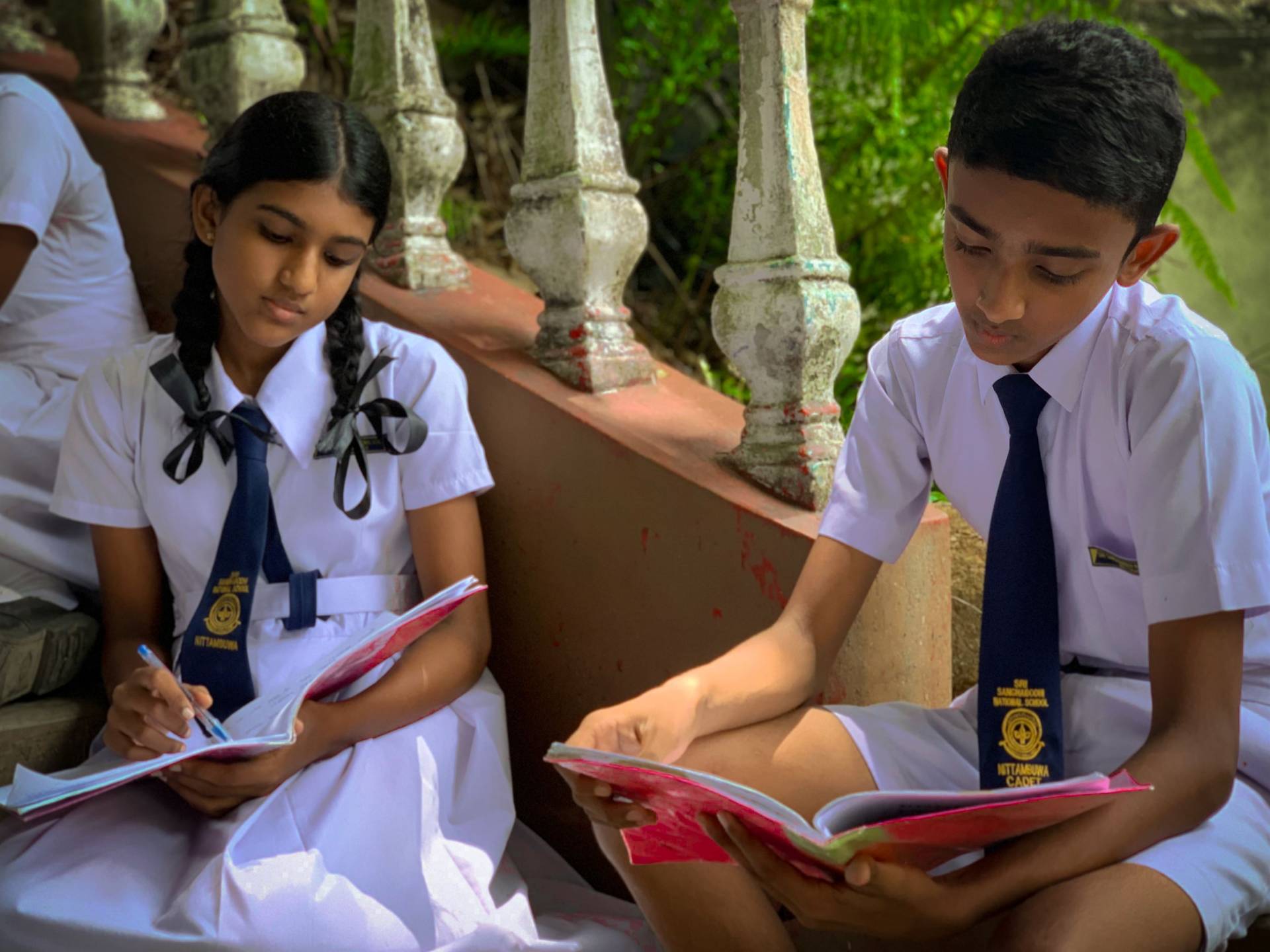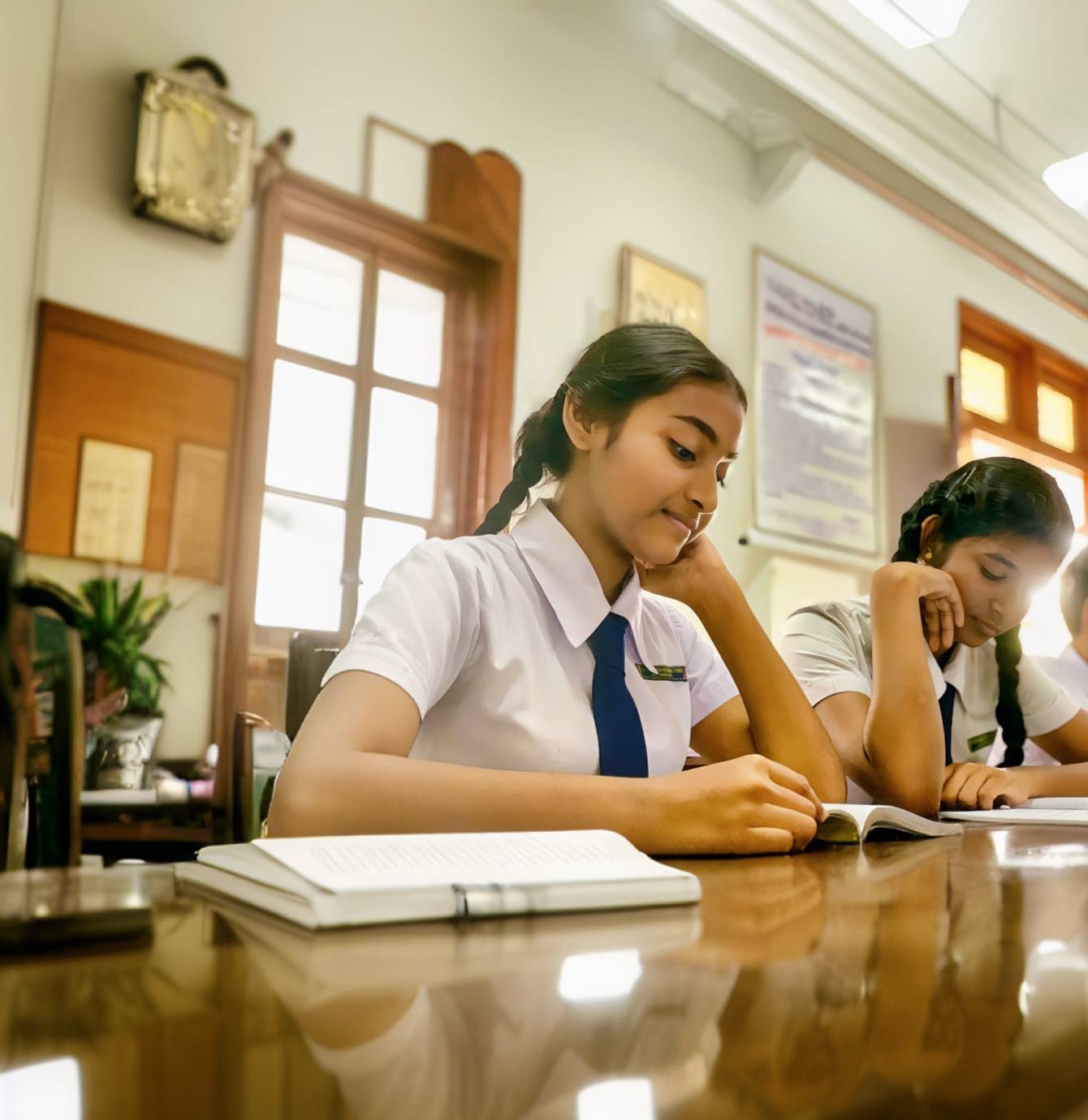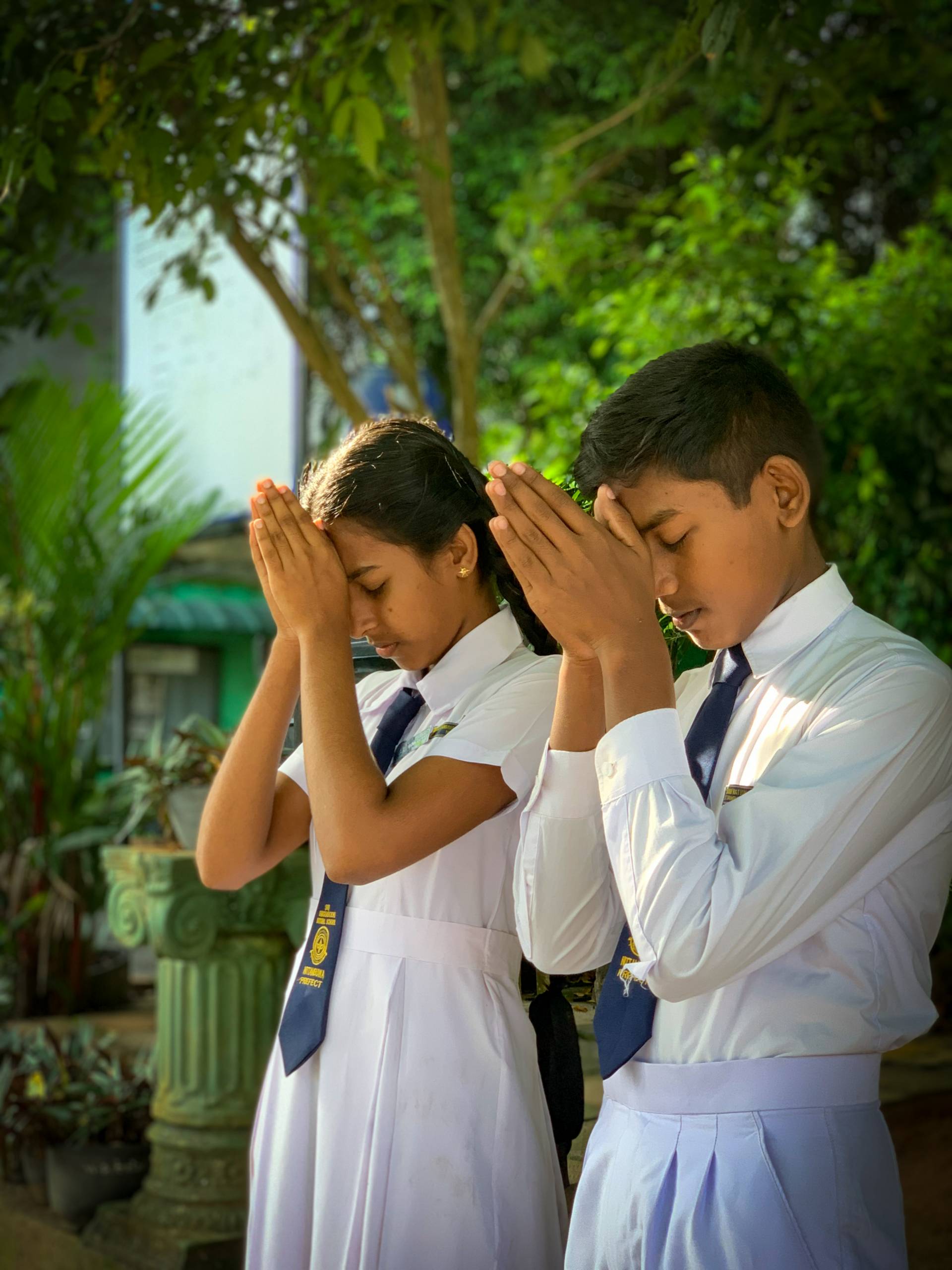Founded in 1942, Sri Sanghabodhi Central College stands as a beacon of educational excellence in Nittambuwa. It is a bilingual institution, offering education in both English and Sinhala, and serves students from grades 6 to 13. With a current enrollment of nearly 3,000 students, the school has grown significantly since its inception.
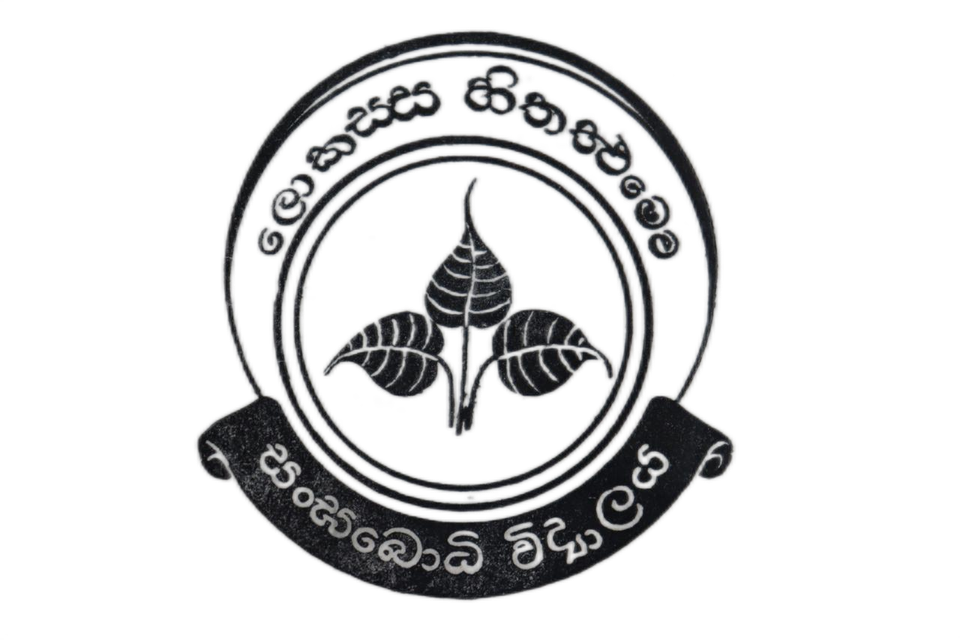
Inauguration
The inception of Sri Sanghabodhi Central College was marked by a grand inauguration ceremony on Sunday, November 1, 1942, at 3:00 PM. The Honourable Minister of Inland Affairs, Sir Don Baron Jayathilaka, officiated the event. Dr. C.W.W. Kannangara, the then Minister of Education and a staunch advocate for free education in Sri Lanka, signed the logbook and commenced the teaching-learning process, thereby becoming the school's first teacher. This momentous occasion laid the foundation for a long-standing tradition of educational excellence and community service.
The inauguration was graced by the presence of Mr. S.W.R.D. Bandaranayake, Minister of the Provincial Council and president of the Sanghabodhi Palaka Sabawa. In his inaugural address, Sir D.B. Jayathilaka highlighted the lack of Buddhist English schools between Kegalle and Colombo and expressed his hope that this new institution would fill the educational gap. He also envisioned a future where a student from Sri Sanghabodhi Central College might rise to become the Prime Minister of Sri Lanka.
Founding and Early Years
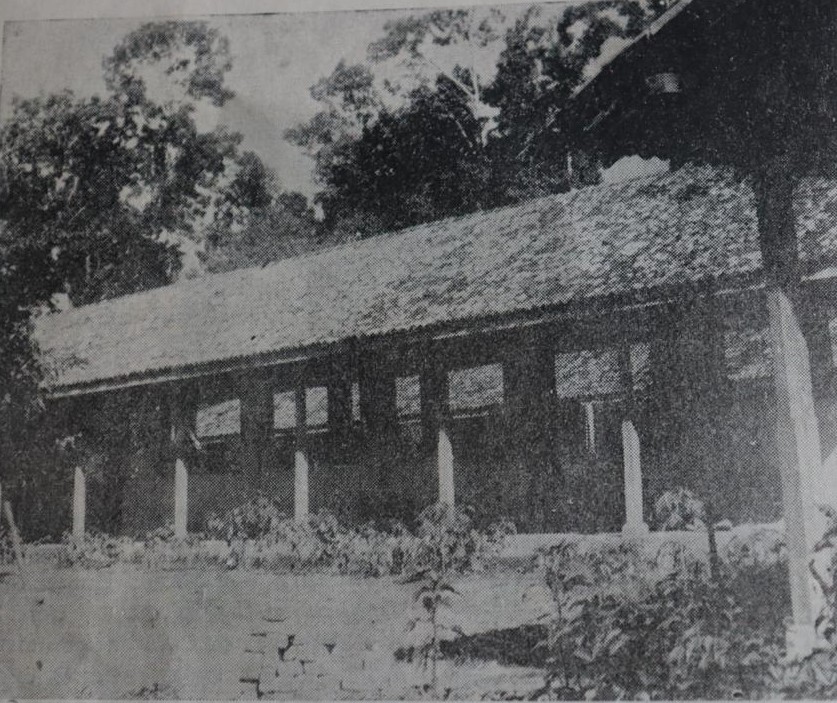
1966 දක්වා විද්යාලය පැවැත්වූවේ මේ ගොඩනැගිලිවලය.
During the early 1940s, Sri Lanka was under British colonial rule, and English was the primary language of governance. The Japanese bombings during World War II led many urban residents to seek refuge in rural areas, prompting the establishment of high school branches in suburban regions. In this context, prominent residents of Nittambuwa and its surroundings convened a meeting with Sir S.W.R.D. Bandaranayake, resulting in the founding of Sanghabodhi as an English Buddhist school. The school's name honors King Srisanghabo, a significant historical figure in the Attanagalla area.
Initially, the school operated on land near Thihariya village, owned by Sir Salmon West Rijve Dias Bandaranayake Mahamudali. However, the remote location posed challenges in maintaining student attendance. Consequently, the Sanghabodhi Sabhawa secured a ten-year lease on land from A.W.G. Seneviratne in a more populous area near Nittambuwa junction, known as Miriswatta.
The first principal, Professor D.S. Kalugampitiya, played a crucial role in the school's development. Before official registration, local donors funded the construction of buildings, provision of equipment, and teacher salaries. Notably, S.W.R.D. Bandaranayake donated Rs. 1,000 for the school's foundation, and Mr. J. Aric Perera Mudaliyar contributed Rs. 2,000 from funds intended for the Yakadawala colony's development.
After the initial lease period, the school relocated to land donated by the Bandaranayake family, opposite Horagolla Walawwa, known as Kopikotuwa. At S.W.R.D. Bandaranayake's request, Hapitigama M. Vilbet Fonseka J.P. laid the foundation for the new school building, although he fell ill before its completion. His efforts, however, were instrumental in establishing the school's permanent location.
Expansion and Achievements
Sri Sanghabodhi Central College quickly gained a reputation for academic excellence, characterized by outstanding examination results, growing student enrollment, and a wide array of extracurricular activities. Following the untimely death of Mr. S.W.R.D. Bandaranayake on September 26, 1959, Mrs. Sirimavo Ratwatte Dias Bandaranayake assumed leadership roles within the Sanghabodhi Sabhawa and the school's management.
As Prime Minister, Mrs. Bandaranayake spearheaded the nationalization of private schools, with Sri Sanghabodhi Central College being the first to be incorporated into the government system. Her tenure saw significant contributions to the school's infrastructure, including the donation of four acres of land for expansion and the construction of new buildings. The school relocated three times within its first 25 years, culminating in a grand Silver Jubilee celebration.
The Silver Jubilee was marked by the presence of Honourable Minister of Education I.M.R.A. Iriyagolla, who donated a fully equipped laboratory worth Rs. 50,000. To oversee the school's welfare, a committee was established, comprising P.J. Siriwardene J.P., school inspector J. Ramyanayake, and Sanghabodhi Sabhawa secretary D.F. Atukorala.
In 1961, a student cadet corps was established. In 1963, the school participated in a competition with 35 cadet teams at the Diyathalawa camp, achieving 22nd place under the guidance of Mr. Thilak Ratnasekare. The Girl Guides team was formed in September 1962, with 25 members sworn in as committed citizens. The Parents Teachers Association was inaugurated on July 11, 1962, with 400 participants, including Deputy Minister of Health J.P. Obeysekera. This meeting led to the purchase of five acres of land in Horagolla to address space constraints.
The school organized sports meets under four houses—Ruhunu, Maya, Pihiti, and Malaya. In 1955, the Old Pupils Association was established, but meetings lapsed until 1962, when the Buddhist Student Association was organized. The Social Service Association, formed with 53 members in 1962, contributed to the establishment of a home science room. A Senior Sinhala Literary Association was also formed in 1962.
Annually, Sri Sanghabodhi Central College celebrates its school day with enthusiasm, excelling in sports, exams, and extracurricular activities, consistently ranking first at the circuit level. Professor D.S. Kalugampitiya, the first principal, began with two teachers and seven students, laying the foundation for the institution's enduring legacy.
Recent Developments and Legacy
Over the decades, Sri Sanghabodhi Central College has continued to thrive, embracing modern educational practices while preserving its rich heritage. The school has expanded its facilities to include state-of-the-art classrooms, laboratories, and sports amenities, ensuring that students receive a holistic education. The institution's commitment to academic excellence is reflected in its consistent performance in national examinations and competitions.
The school's alumni have gone on to achieve significant success in various fields, contributing to the nation’s development. The values instilled by the founders and early educators continue to guide the school's ethos, fostering a sense of community, patriotism, and a commitment to lifelong learning.
Sri Sanghabodhi Central College remains a pillar of educational excellence in Sri Lanka, dedicated to nurturing future generations of leaders and scholars. Its history is a testament to the power of vision, community support, and unwavering dedication to the cause of education.
